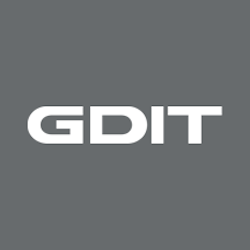OUR INDUSTRIES
Learn more about GDIT’s Health portfolio.
Low code/no code development platforms allow developers to use and reuse configurable application components to create applications faster and more efficiently than ever. Today, these platforms are, among other things, helping federal agencies modernize legacy tools and expedite production or go-to times.
Beyond speed, low code/no code development platforms offer benefits like reduced costs, greater mission responsiveness and agility. They are also important tools for supporting large-scale modernization efforts, a major priority for many agencies right now.
GDIT has successfully leveraged low code/no code platforms for customers and modernized, in some cases, decades-old legacy applications into modernized systems within just 12 to 24 months. We’ve also supported use cases that involve critical functions like case management, acquisition management, workflow modernization and business process optimization.
As examples, for the Administration of Children and Families, within the U.S. Department of Health and Human Services (HHS), we modernized a key legacy system using low code/no code development. We did similar work for the Food and Drug Administration’s Knowledge-Aided Assessment & Structured Applications (KASA) program, which the agency uses as its pharmaceutical quality assessment system. For the Health Resources and Services Administration within HHS we used low code/no code development for a key sustainment engagement as well as for the implementation of a new case management system for the agency. For the Centers for Disease Control and Prevention, we modernized a 30-year-old system alongside one of our low code/no code partners, Appian.
We also use low code/no code platforms ourselves, and we make an intentional effort to understand the tools available from partners, which include Appian as well as Salesforce and Pega. Through this work, we can determine which tools are best suited for a specific agency environment or use case, and we can deploy our teams and expertise to quickly build and implement solutions that advance the mission and deliver results.
Looking ahead, we have developed an entire Low Code/No Code practice area as well as a Low Code/No Code Center of Excellence to ensure we are continually innovating in this space and bringing these development platforms together with emerging technologies for the benefit of our customers.
“Low code has proven to be faster, cheaper in deployment and more sustainable than traditional development. We have seen an unprecedented increase over the last 36 months in federal government going for low code development.”






